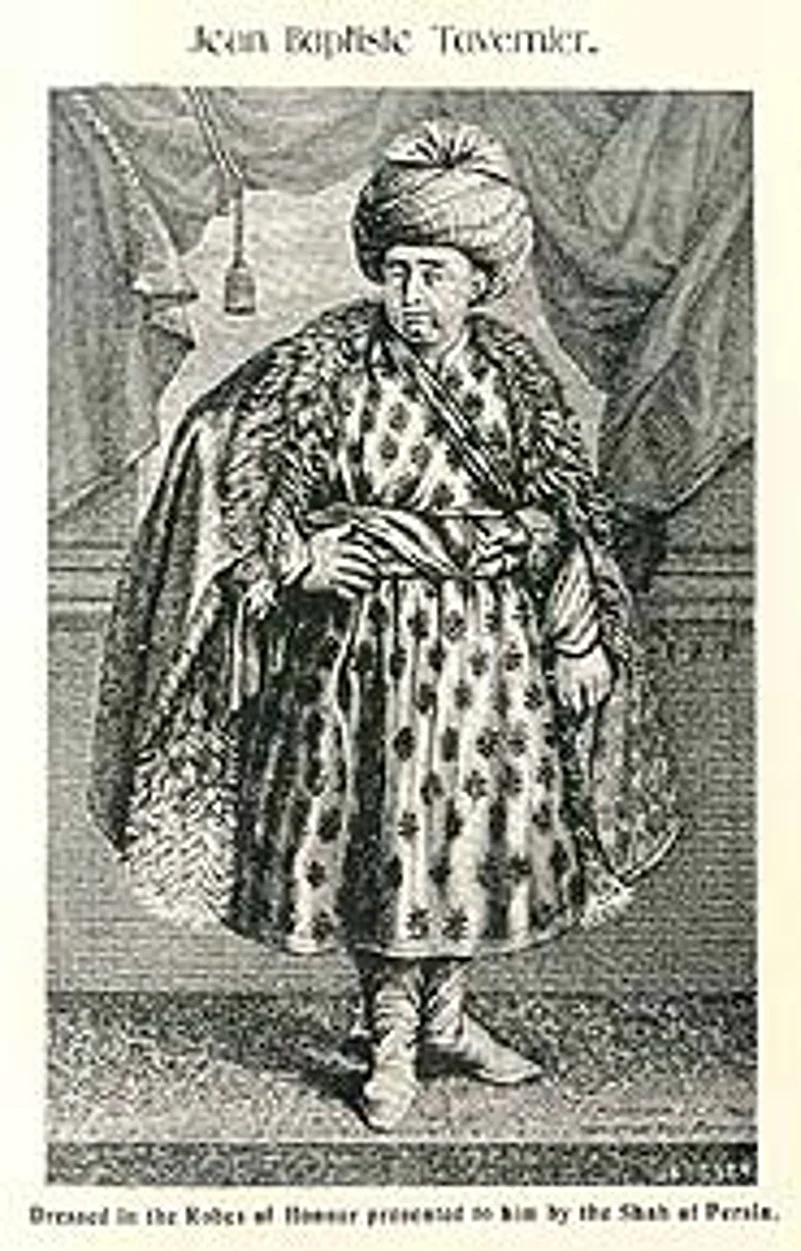Wanderlust, Circa AD 1600
The 17th century traveller was no writer, but he's still a quaint, colourful read

The travellers who feature in this collection had other objectives in mind. They sailed into Eastern waters and undertook hazardous journeys with the prime objective of making fortunes for themselves. A secondary aim was to make advantageous trade agreements for their respective countries—without forgetting their own personal interests. A disinterested few came out of missionary zeal, to bring Christendom to Asia. I doubt if any of them had publication in mind, but some kept a record of their experiences, often as a guide or warning to those who would follow in their footsteps—or rather in the footsteps of their horses, camels or palanquin-bearers.
A high proportion of these intrepid souls did not survive the rigours of 17th century travel. Half of the ships that sailed from Europe to India did not return. Shipwrecks, pirates, scurvy and sea-battles took their toll. Very few travellers saw their homes again. Those who did had tales to tell, and fortunately for us some kept journals.
William Hawkins was only 28 when he died on the voyage home. Five years earlier, in 1608, he had arrived in Surat and travelled north to Agra with credentials from the King of England. He made a good impression on Jehangir and was given an official appointment in the emperor’s service, but the hostile intrigues of the Jesuits, Portuguese and disaffected Mughal noblemen forced him into leaving after four years. He had been promised an annual salary of £3,000 but received only £300. Sounds familiar.
A successor, Peter Mundy, had better luck and travelled more widely. He was a terrible writer and his ‘travelogues’ are practically unreadable. The editor has taken the trouble to give us fairly modern translations from the Italian of Manucci, the Portuguese of Monserrate, and the Russian of Nikitin, but has left the reader to struggle with Mundy’s tortured English prose. Here’s a line from it—"Wee made another Moccame(?) by reason the Khan did solemnize his Nouroze aforesaid with all the magnificence the way could afford, as by shooting off his shutternal (camel pieces)" (page 81)—and so on.

By contrast, we have a fairly readable extract from Tavernier’s Travels, and a fluent English rendering from Niccolao Manucci’s four-volume Moghul India (William Irvine’s 1907 translation). Manucci (1639-1717) ran away from his native Venice at the age of 14 and by the age of 18 had made a place for himself at the Mughal court. He acquired a reputation as a physician, and was also an excellent linguist, being at home in French, Portuguese, Italian, English, Persian and Turkish. During his six decades in India, he served the Mughals, as well as Raja Jai Singh and occasionally the East India Company. He retired a wealthy man to Pondicherry.
Another Venetian to visit India was Cesare Federici, who travelled extensively in the South. We are treated to a 17th-century English translation of his Voyages and once again the reader has to struggle with inconsistencies of spelling and syntax. Even so, if the reader is patient, he can enjoy this traveller’s quaint and colourful narrative. On the habit of eating paan, he writes: "When this people eate and chawe this in their mouths, it maketh their spittle to be red like ants blood, and they say that it maketh a man to have a very good stomacke and sweet breath, but sure in my judgement they eat it rather to fulfil their lusts...for this Herbe is moist and hot and maketh a very strong expulsion." The most descriptive of our early ‘travel writers’.
A book to be read at leisure and not in a couple of hurried sittings. Production values are excellent.

























